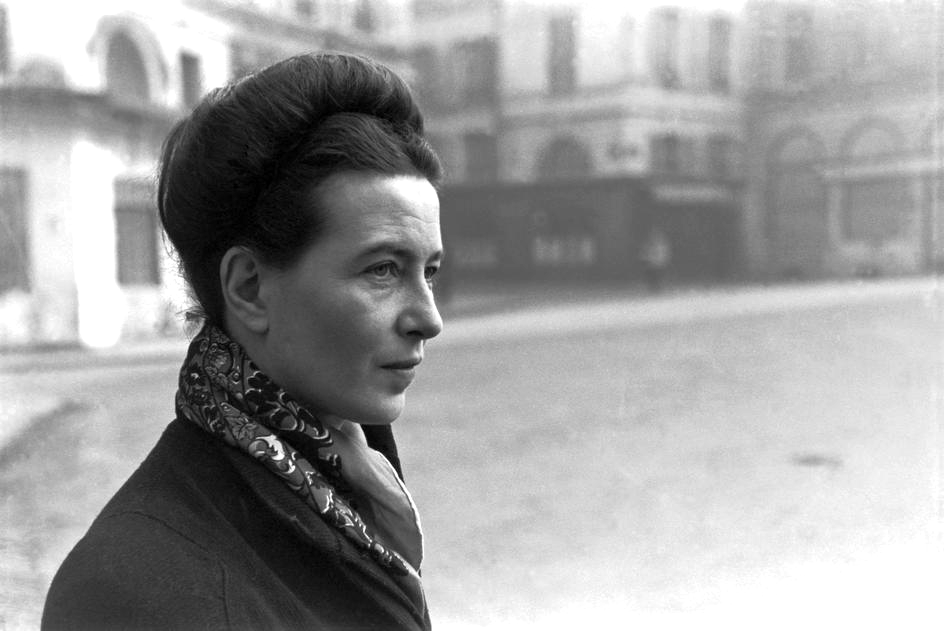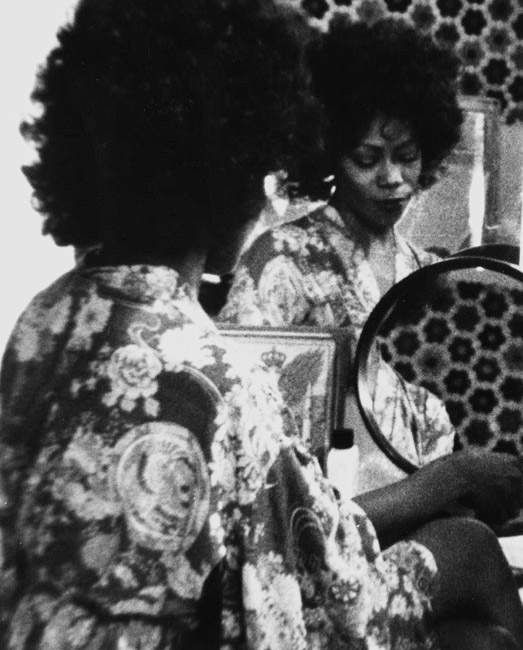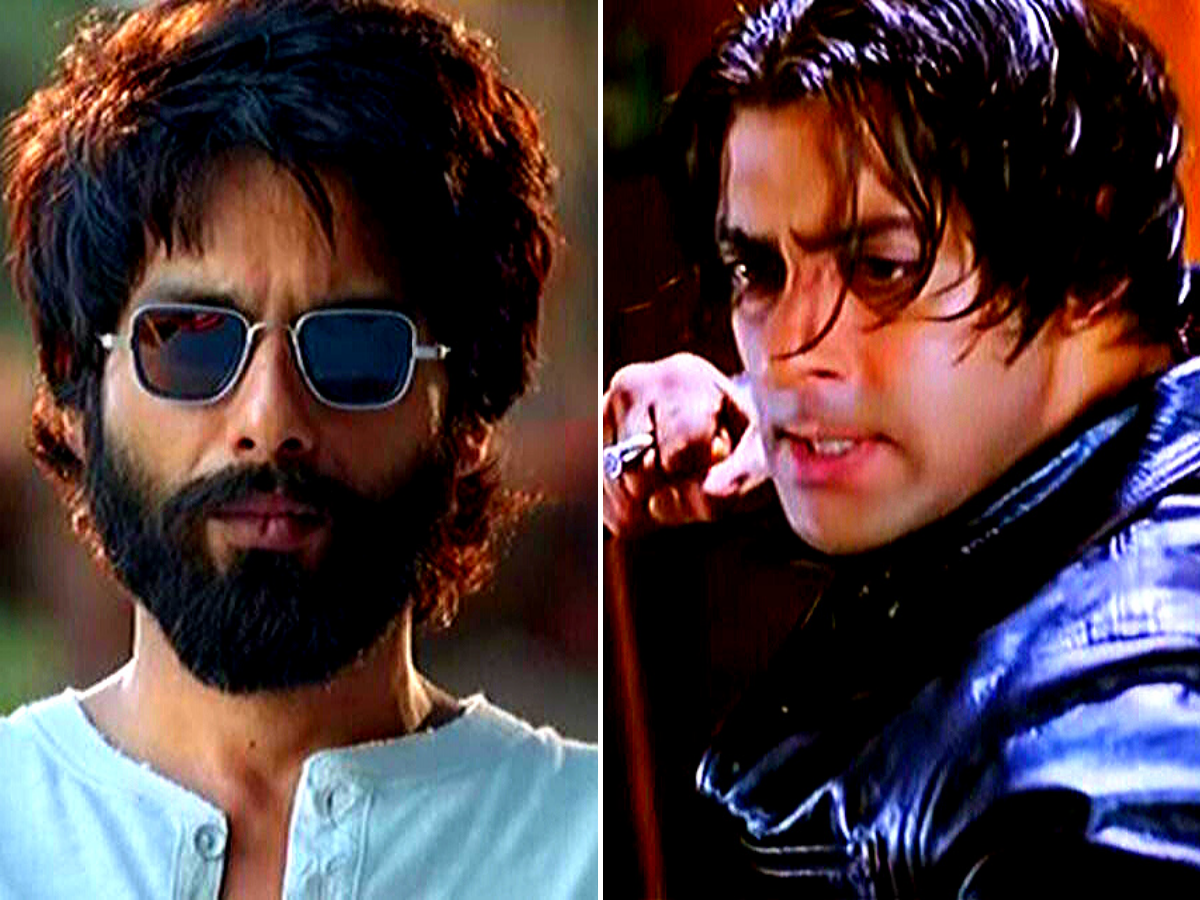Editor’s Note: FII’s #MoodOfTheMonth for February, 2022 is Redefining Love. We invite submissions on the many layers of love, throughout the month. If you’d like to contribute, kindly email your articles to sukanya@feminisminindia.com
Is it we who choose our ideal of love?
Simone de Beauvoir, presenting her notion of ‘inauthentic love‘, makes us realise that in patriarchal societies the reign lies in the hands of patriarchs who use cultural myths to shape our ideals of love. As love doesn’t occur in a social vacuum, feminist philosophers like Simone de Beauvoir bring an ethical, existential, and feminist lens to it and argue that owing to cultural norms, men and women have asymmetrical expectations when it comes to love. That ‘men and women love differently’.

Feminist scholars have argued that our ideal of romantic love is influenced by gender stereotypes, and it is not a hidden fact that even in the twenty-first-century, masculinity is still culturally associated with the autonomous position of the subject, while femininity remains culturally associated with dependency and sacrifice.
Beauvoir’s description of inauthentic love reveals how heterosexual love manifests itself on patriarchal terms of human interaction thus glorifying the subordination of women and for her inauthentic love is essentially founded on inequality between sexes, on subordination and domination of women.
Some of the essential components of Bollywood romantic movies are – the male character being floored by the woman’s beauty, the female character’s life portrayed as revolving around the male character, independent female characters being portrayed as relationship breakers, the male partner being protective and dominating, using humour to justify sexism, female characters with no background story, using stalking and micro-aggression as an expression of love, placing onus on female characters to change abusive or violent male partners with love, and the portrayal of female sexuality as a result of not desire but fear of losing their partner to another woman
Feminist film theorist Laura Mulvey in her work Visual pleasure and Narrative Cinema, uses psychoanalytic theory as a political weapon to expose how patriarchy unconsciously has structured the film form. In films, the camera captures female characters according to the male character’s gaze, since cinema in patriarchal societies is also deeply influenced by the conscience of patriarchy.
A female character on screen can be looked at from the gaze of – the male character, camera, and audience. According to her, films are pleasurable for audience because of the loss of identity we experience as a result of identifying either with the same sex or opposite sex actor on screen – that is, either the female audience wish to get treated in the same way the male characters treat their partner on screen, or find the idealised version of the self in the female character on screen.

Popular cinema of every country or in Indian terms, ‘blockbuster movies‘ reveal the culturally celebrated notions of romance and have the potential to unveil the accepted social ideals of women and men as partners in romantic heterosexual relationships. Some of the essential components of Bollywood romantic movies are – the male character being floored by the woman’s beauty, the female character’s life portrayed as revolving around the male character, independent female characters being portrayed as relationship breakers, the male partner being protective and dominating, using humour to justify sexism, female characters with no background story, using stalking and micro-aggression as an expression of love, placing onus on female characters to change abusive or violent male partners with love, and the portrayal of female sexuality as a result of not desire but fear of losing their partner to another woman.
An essential part of romantic movies seems to be the portrayal of male jealousy in a gendered sense that associates it with violence and justifying it in terms of the male partner trying to protect ‘his woman’ from interacting with other men. As Beauvoir says, “Men are jealous simply because of their ‘will to exclusive power‘”.
Also read: Revisiting ‘Teen Devian’: Constructing The ‘Indian’ Woman Through The Disciplining Male Gaze
A thorough analysis of popular cinema reveals that the culturally celebrated romantic ideal in our society is that of an inauthentic relationship in which men have a dominant position and women loose their identity and autonomy. Unless popular media stops normalising masochism, violence, patriarchy, and heteronormativity in romantic relationships, love will continue to be a source of misery and pain for women because in one way or the other, cinema influences the society by representing ideas to imagine and construct our lives around
Another common trope is the voluntary transformation of a female character into a perfect image that would satisfy the male fetish. This is further normalised and positioned to resonate with the audience through how the camera works. In the case of Indian cinema, the sadistic voyeurism of men seeing themselves as self-righteous and correcting women is less prevalent because it is generally women who are portrayed as showing the right path to morally and emotionally lost men (plot of almost every other Imtiaz Ali movie).
Keeping all this in mind, one may infer that popular cinema in India is largely cinema that caters only to the male gaze, thus normalising the toxic performance of gender in heterosexual romantic relationships.

A thorough analysis of popular cinema reveals that the culturally celebrated romantic ideal in our society is that of an inauthentic relationship in which men have a dominant position and women loose their identity and autonomy. Unless popular media stops normalising masochism, violence, patriarchy, and heteronormativity in romantic relationships, love will continue to be a source of misery and pain for women because in one way or the other, cinema influences the society by representing ideas to imagine and construct our lives around.
Like Beauvoir says, culture shapes imagination and imagination shapes life by enabling us to conceive new possibilities to pursue in action. Nonetheless, South Korean dramas or shows like Little Things portraying heterosexual romantic relationships based on comradeship and reciprocity are a ray of hope in male-dominated Asian societies.
As Beauvoir says, authentic love is not only possible but it is one of the most powerful tools available to an individual who wants to be free. Norwegian feminist philosopher Tove Pettersen in her work ‘Love- according to Simone de Beauvoir’ says, “The corollary of this model is not only an authentic moral attitude as well as comradeship but also the revelation of a “new world” that is a patriarchy less world”.
This may seem like an utopia or a dream in patriarchal societies where women are expected to conform to traditional gendered expectations to get rewarded economically, metaphysically and socially, but we must slowly inch towards that world, one day at a time.
Also read: Female Gaze In Pop Culture: Changes In The Gender Lens When Women Tell Stories
Ananya Chaudhary is pursuing her Masters in Philosophy at the University of Delhi. She loves writing on issues related to feminist philosophy, especially feminist film theory. Reading and cats occupy the same spot on the list of things that she loves
Featured Illustration: Ritika Banerjee for Feminism In India




